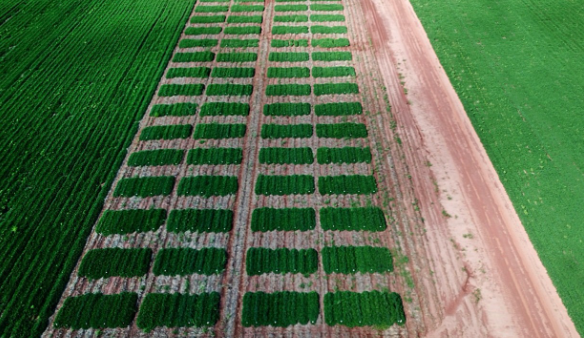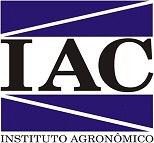Agronomic performance of new peanut strains in the Triângulo Mineiro
DOI:
https://doi.org/10.17648/sas.v1i1.22Keywords:
Arachis hypogaea L., Improvement Program, ProductivityAbstract
Peanut producers have found good conditions for cultivation and commercialization in several regions, including the Triângulo Mineiro. The development of cultivars adapted to this region must meet market requirements, in addition to adaptation to cultivation in areas of renewal of the cane field. The objective of this work was to evaluate the agronomic performance of new peanut strains in the Triângulo Mineiro. The trial was carried out in Iturama-MG, in a sugarcane renewal area, in the 2019/20 harvest, and sowing on October 24, 2019. The experimental design used was in randomized blocks, with four replications and ten treatments: strains 18 -1943 OL, 18-1944 OL, 18-1964 OL, 18-1973 OL, 18-2010 OL, 18-2055 OL, 18-2160 OL, 18-2182 OL, 18-2194 OL and the cultivar BRS 423 OL, developed by the Embrapa Peanut Improvement Program. The plots consisted of two lines three meters long, with an interval of three meters between plots and spacing between lines 0.90 m. At 130 days after sowing, the plants were pulled out. After five days of drying the plants in the experimental area, evaluations were made of mass of 100 grains (g) and yield of pods (kg ha-1, sacks ha-1 and bushel-1 sacks), through the harvest and weighing of pods of the useful area of "‹"‹two central meters of the two lines, totaling 3.6 m2. There was a significant difference for black spot severity, 100 grain weight and pod yield. The lowest grades of black spot severity were obtained in the genotypes BRS 423 OL, 18-2055 OL, 18-2194 OL and 18-1964 OL. Different grain sizes were identified with amplitude to serve different markets. The strains 18-2010 OL and 18-1973 OL were the most productive.
Downloads

Downloads
Published
How to Cite
Issue
Section
License
Autores concordam com os seguintes termos:
a) Os autores mantêm os direitos autorais e concedem à revista o direito de primeira publicação, com o trabalho simultaneamente licenciado sob a LicençaAttribution-NonCommercial-ShareAlike 4.0 International, que permite o compartilhamento do trabalho com reconhecimento da autoria e publicação inicial na Revista SAS. A licença permite o uso, a distribuição e a reprodução irrestrita, em qualquer meio, desde que devidamente citada a fonte. Essa licença permite também que outros remixem, adaptem e criem a partir do seu trabalho para fins não comerciais, desde que atribuam a você o devido crédito e que licenciem as novas criações sob termos idênticos.
b) Não cabe aos autores compensação financeira a qualquer título, por artigos ou resenhas publicados na South American Sciences.
c) Os conceitos expressos nos artigos publicados na South American Sciences são de inteira responsabilidade de seus autores.








